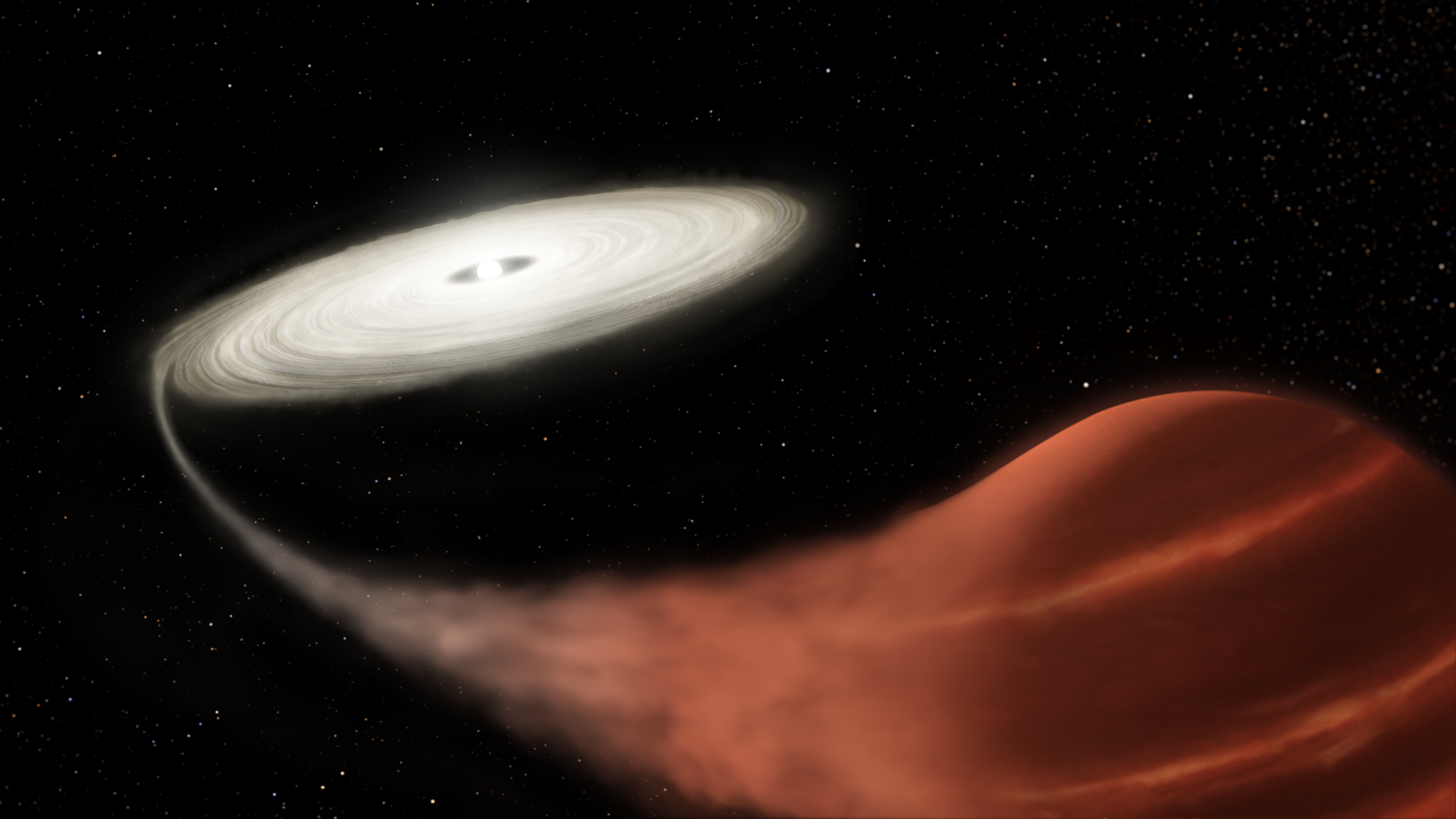
Ep. 593: Stellar Parasites
Stars often come in groups of two or more. And if they’re orbiting close enough to each other, one star can feast on the other. And when that happens, well, mayhem ensues.
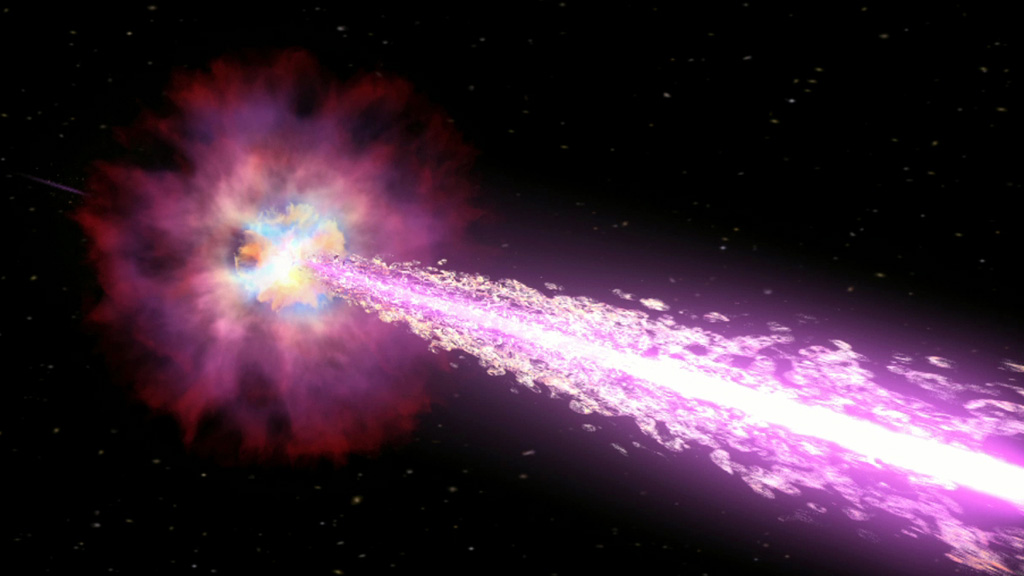
Ep. 592: Gamma-Ray Bursts (Updated)
Some of the most powerful explosions in the Universe are gamma ray bursts, capable of blasting a beam of death halfway across the galaxy. In just the last few years, astronomers have discovered a tremendous amount about these blasts, and what’s actually causing them. The answer, of course, is that it’s more complicated than we thought.
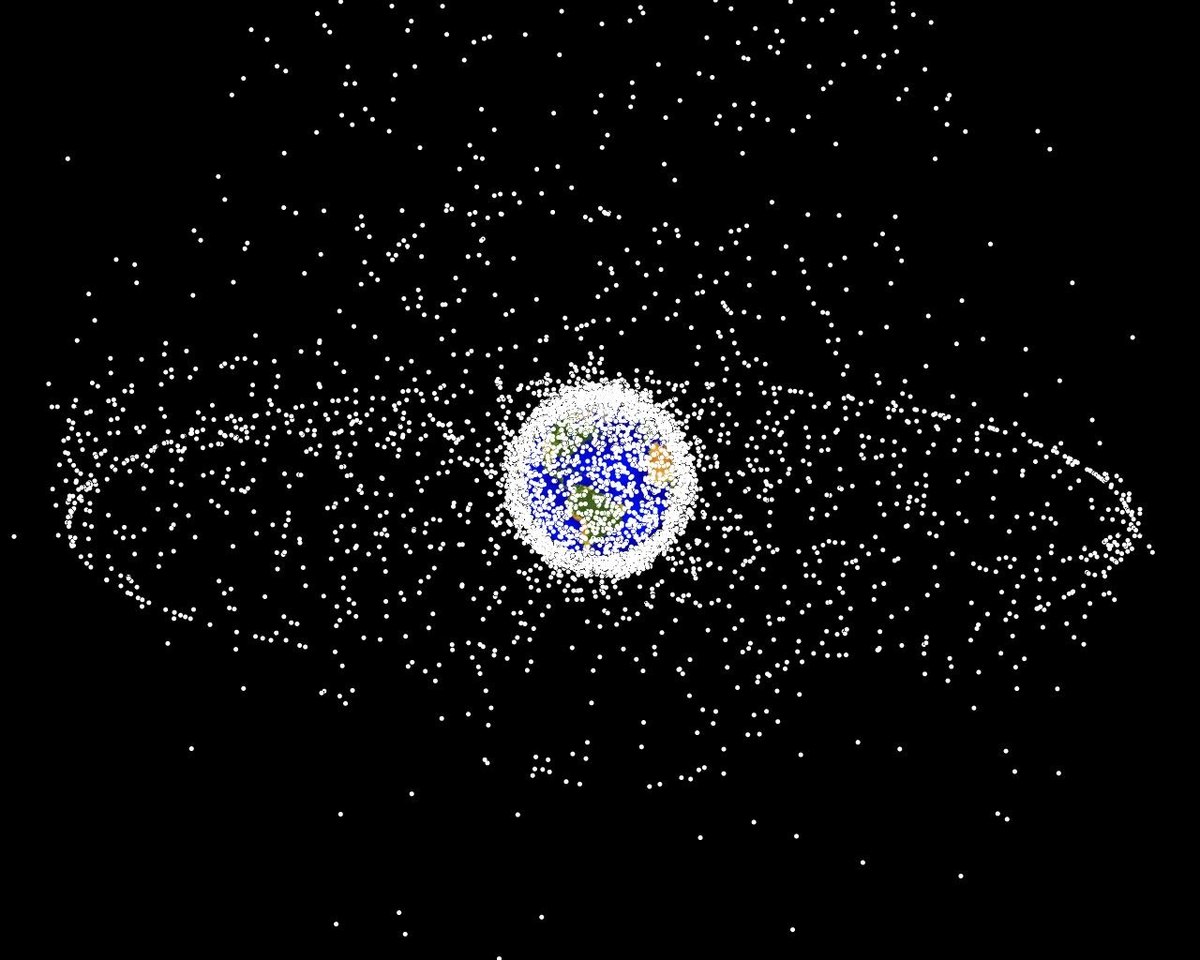
Ep. 591: Space Junk
Remember the good old days, where there were only a few thousand living and dead satellites? Those days are long over. We’re now entering an era where there will be tens of thousands of satellites, not to mention the spent rocket boosters and other space junk. What kind of a risk do we face and what can be done about it?
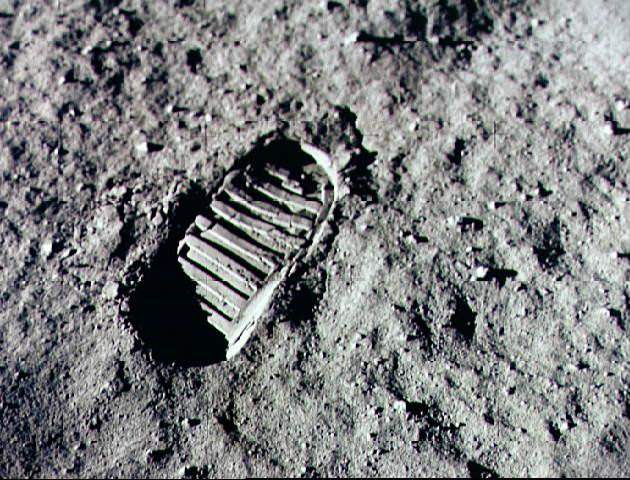
Ep. 590: Lunar Hazards: Dust, Radiation, and More
2024 can’t come soon enough. You know, that’s the year when humans will set foot on the Moon again. Don’t you roll your eyes. That’s the plan. Well, unless the plan changes. But my point is, explorers going to the Moon will need to be concerned about all kinds of hazards, like dust, radiation and gigantic moon worms.
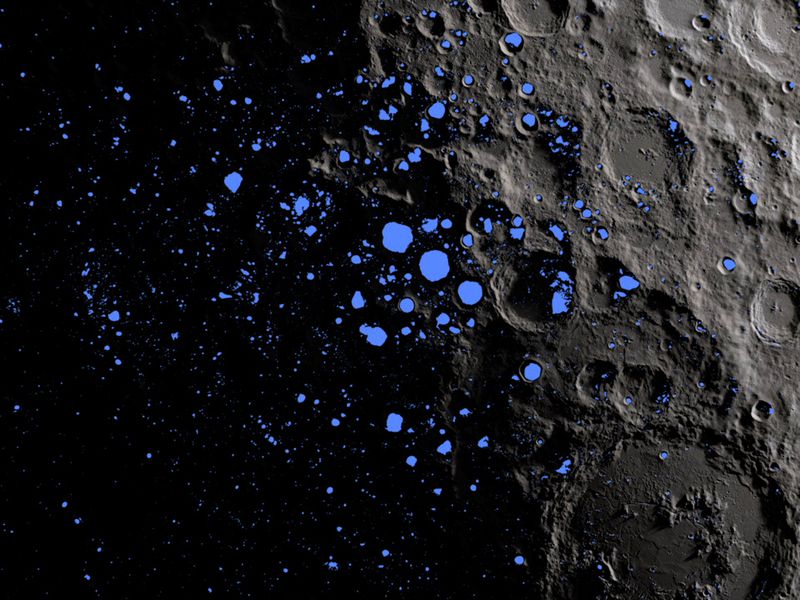
Ep. 589: Lunar Resources: Water (Update) & Other Volatiles
We’ve talked about water on the Moon many times here on Astronomy Cast, but there have been a bunch of big updates, thanks to new research from NASA and others. Today we’re going to give you an update on the state of water on the Moon and the plans to take advantage of it.
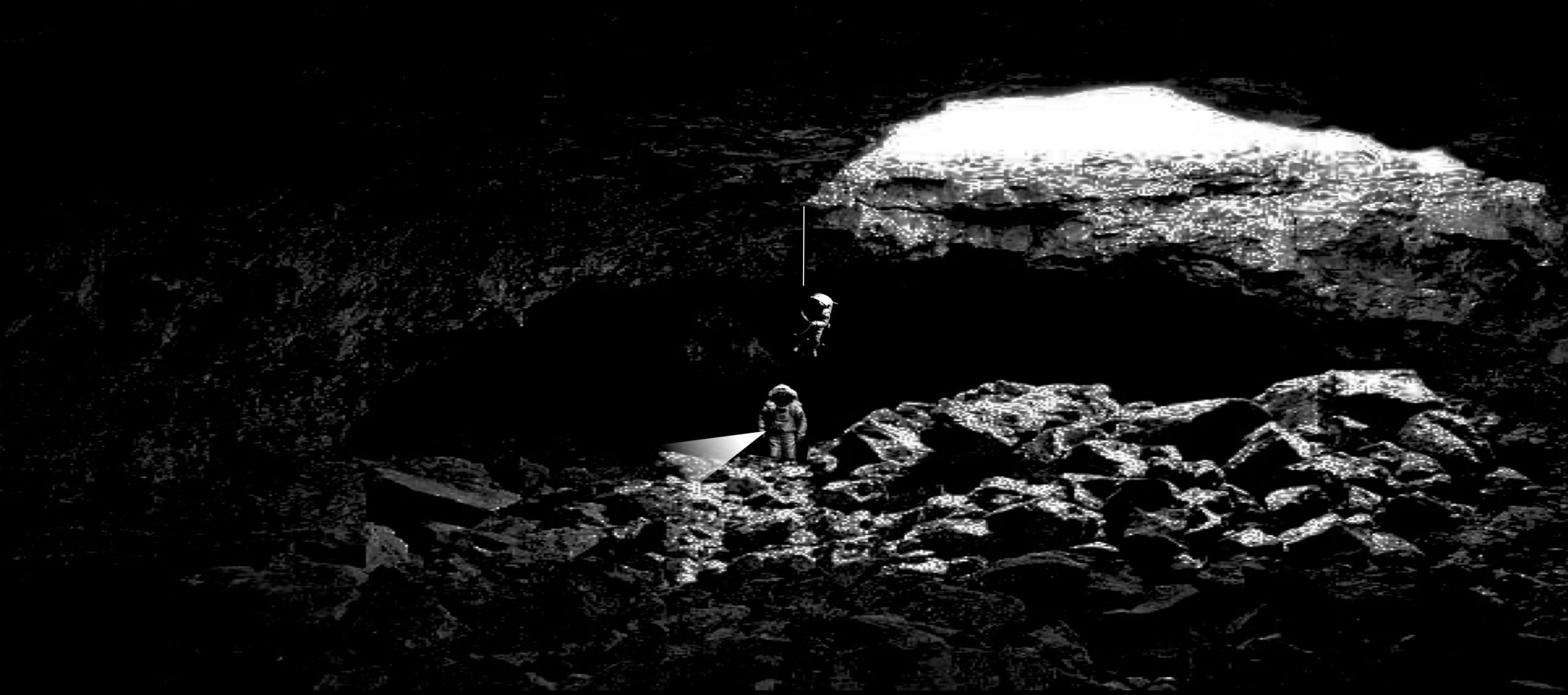
Ep. 588: Lunar Resources: Lava Tubes
All eyes are on the Moon. We’re going back, this time to stay… right? One of the best resources on the Moon will be the lava tubes that crisscross the subsurface of the Moon. These can provide protection from space, and a look into the geologic history of the Moon. And they can be enormous.
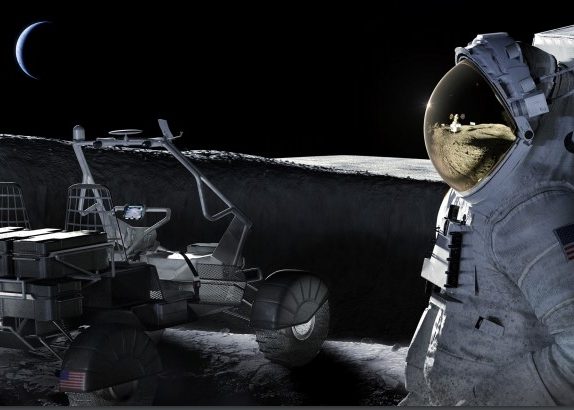
Ep. 587: Artemis Accords
The Moon is about to become a very busy place, with multiple countries and private companies planning missions in the next few years. It’s been decades since the Outer Space Treaty was negotiated. It’s time for the Artemis Accords.

Ep. 586: Life as We Know It: Habitable Exoplanets & Extremophiles
As scientists continue to explore the Earth, they’re discovering life surviving and even thriving in extreme environments. What hints can this give us about what we might find as we search for life on other worlds?
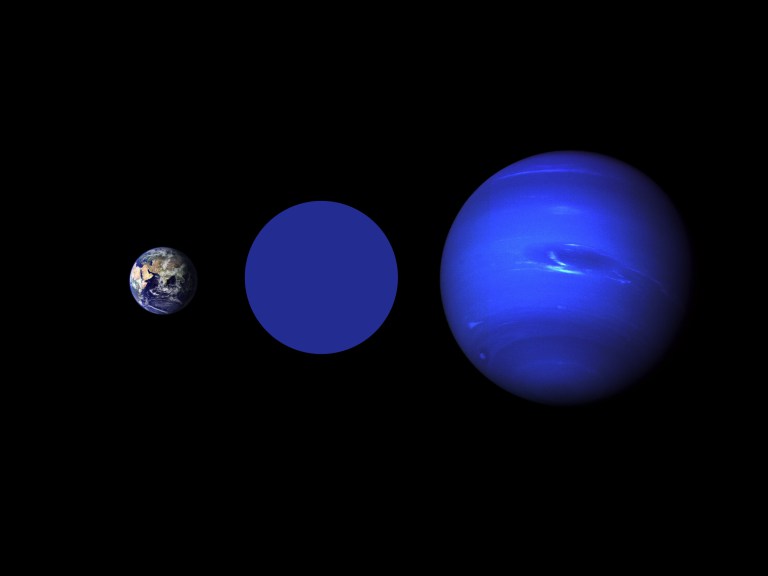
Ep. 585: Super Earths, Mini-Neptunes, Gas Dwarfs
As astronomers are finding even more new extrasolar planets, they’re starting to discover entirely new categories. There are classes of planets out there that we just don’t have any analog here in the Solar System. Let’s talk about them.
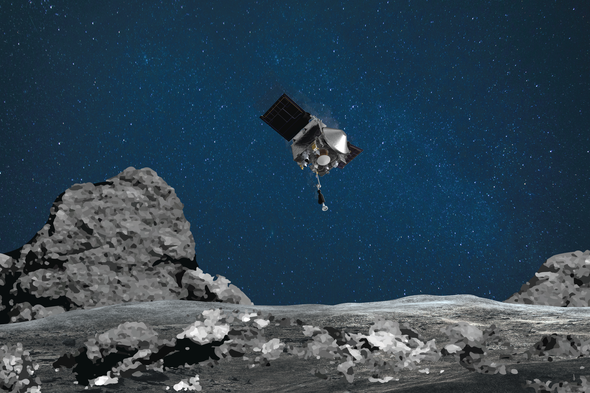
Ep. 584: Sample Return Missions from Asteroids
With a sample of asteroid Bennu firmly inside OSIRIS-REx’s return capsule, it’s time to bring this treasure home so scientists can study the composition and history of the space rock. But it’s not the only sample return mission out there, with Japan’s Hayabusa2 mission also bringing asteroid debris home. Today, let’s talk about the missions and what we’ve learned so far.
